How To Treat Blepharitis Effectively
Blepharitis occurs when the eyelids become inflamed, and the majority of cases involve the portion of the eyelid on which eyelashes grow. It's common for the condition to affect both eyelids. The cause of blepharitis is usually clogging of the small oil glands around the base of the eyelashes. Several underlying conditions can lead to this clogging. Blepharitis can be difficult to treat, and it tends to be chronic. It doesn't usually cause permanent eyesight damage, and it isn't contagious. However, blepharitis can cause discomfort, and it might affect a patient's appearance. Individuals with blepharitis might experience watery and red eyes, stinging sensations in the eyes, itchy eyelids, crusted eyelashes, sticky eyelids, abnormal eyelash growth, loss of eyelashes, increased blinking, and increased sensitivity to light.
Get familiar with the treatment options for blepharitis now.
Antibiotics
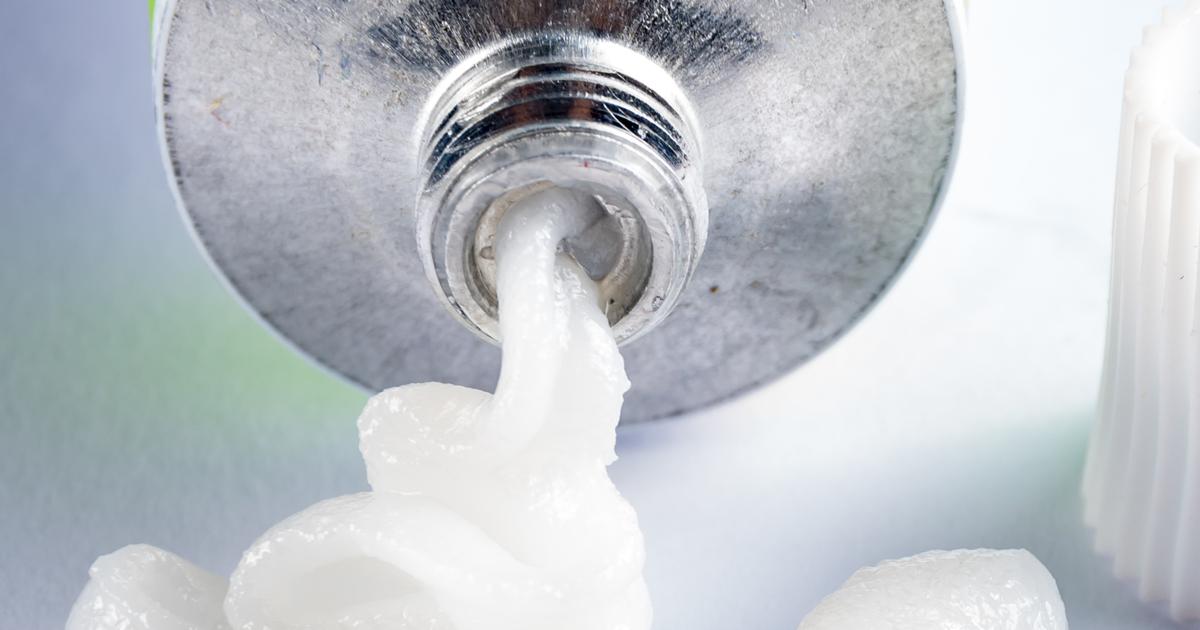
Antibiotics help fight bacterial infections in the body. In the case of blepharitis, doctors might prescribe topical antibiotics that can be applied directly to the eyelids, rather than oral antibiotics. When topical antibiotics are applied to the eyelid, studies have shown patients experience significant relief from their symptoms. Antibiotics applied to the eyelid tend to come in ointment and cream form. They should be approved for treating eye infections, as individuals don't want to use any medication that could irritate their eye or damage their vision. Some antibiotics are also available in eye drop form, which can be helpful if the eyes themselves are also irritated. Doctors tend to prescribe topical antibiotics first, but if the infection doesn't get any better, they might prescribe a course of oral antibiotics. Patients won't need to take these for a long time, but they must make sure to take every dose.
Read more about how to treat blepharitis now.
Corticosteroids
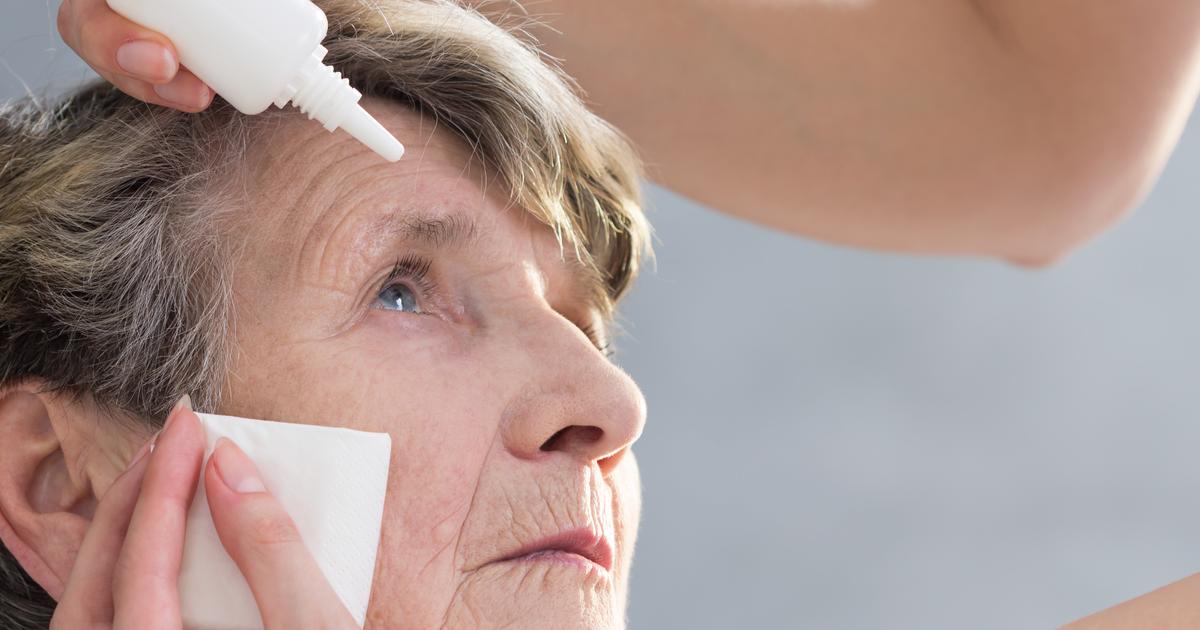
Blepharitis occurs when there's inflammation of the eyelid. Thankfully, doctors can prescribe corticosteroids to help treat inflammation at the source. There are steroid eye drops and ointments available to help with blepharitis. Ointments are meant to be applied to the eyelid, while eye drops are dropped into the eye. Depending on the level of inflammation, patients might be prescribed antibiotics and anti-inflammatory medications at the same time. The antibiotics will help clear up any bacterial infection, while the anti-inflammatory medications will ease the redness, pain, discomfort, and swelling. Corticosteroids are medications that artificially resemble cortisol, a major hormone released by the adrenal glands. They help suppress immune system function, which in turn leads to a lessening of inflammation in the body. In the same vein, a doctor might prescribe a topical medication that suppresses the immune system even more firmly. Corticosteroids are available as oral medications in addition to topical, but they're rarely prescribed orally for blepharitis.
Get more details on treating blepharitis now.
Lubricating Eye Drops
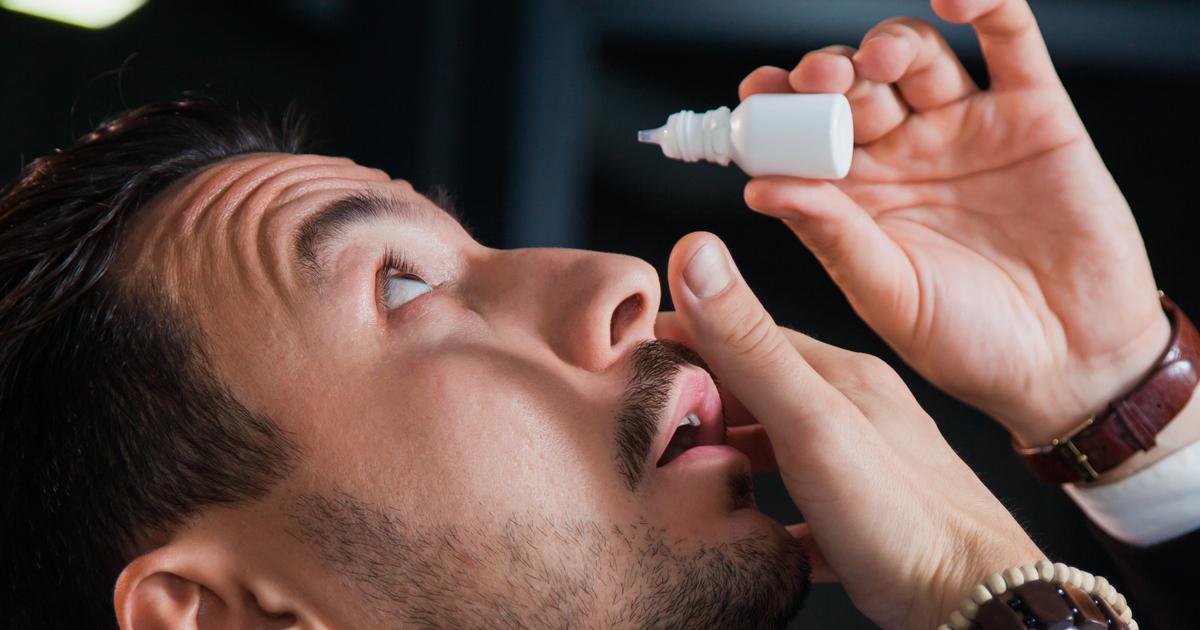
Lubricating eye drops can be used to treat some of the symptoms of blepharitis. The eyelid inflammation can cause the eyes to feel itchy, burning, or uncomfortable. Patients might have decreased tear production, or feel as though the tears they do produce aren't enough to ease their discomfort. Blepharitis can cause dry eyes even if nothing is wrong with the tear ducts. Lubricating eye drops, also referred to as artificial tears, can help with dry eyes and lubrication. Though they won't treat inflammation or an infection, they will help with discomfort. The majority of formulas are designed to provide moisture temporarily. They have the same general substances natural tears have. When individuals supplement their natural tears with lubricating eye drops, their tear film can protect their eyes more effectively. If individuals have noticed they're blinking more often than usual, this might be a sign their eyes are dry. If the dryness is severe, patients might need a gel or ointment rather than just drops.
Continue reading to learn more about treating blepharitis now.
Warm Compresses
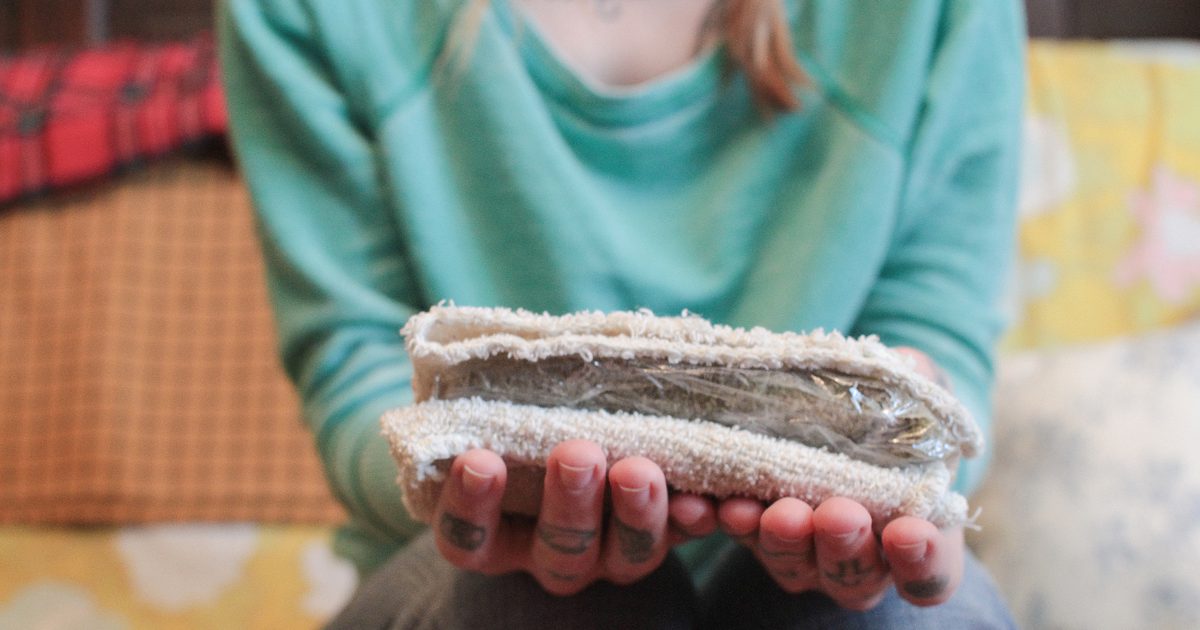
There are several self-care measures individuals can take at home to keep their eyes as healthy and comfortable as possible. One of the main self-care methods is to clean the eyes with warm compresses on a daily basis. When individuals are experiencing flare-ups of blepharitis, they should repeat the cleansing between two and four times a day. In times when the condition isn't too bothersome, patients can do it once or twice a day. It might help for individuals to make it part of their morning and evening routine alongside washing their face and brushing their teeth. The first step is to spend several minutes with a warm compress over the eyes, which loosens crusty deposits. After that, patients can use a warm washcloth and diluted baby shampoo to wash their eyelids. They should rinse their eyes with more warm water and pat them dry with a clean towel.
Discover additional treatments for blepharitis now.
Underlying Condition Treatment
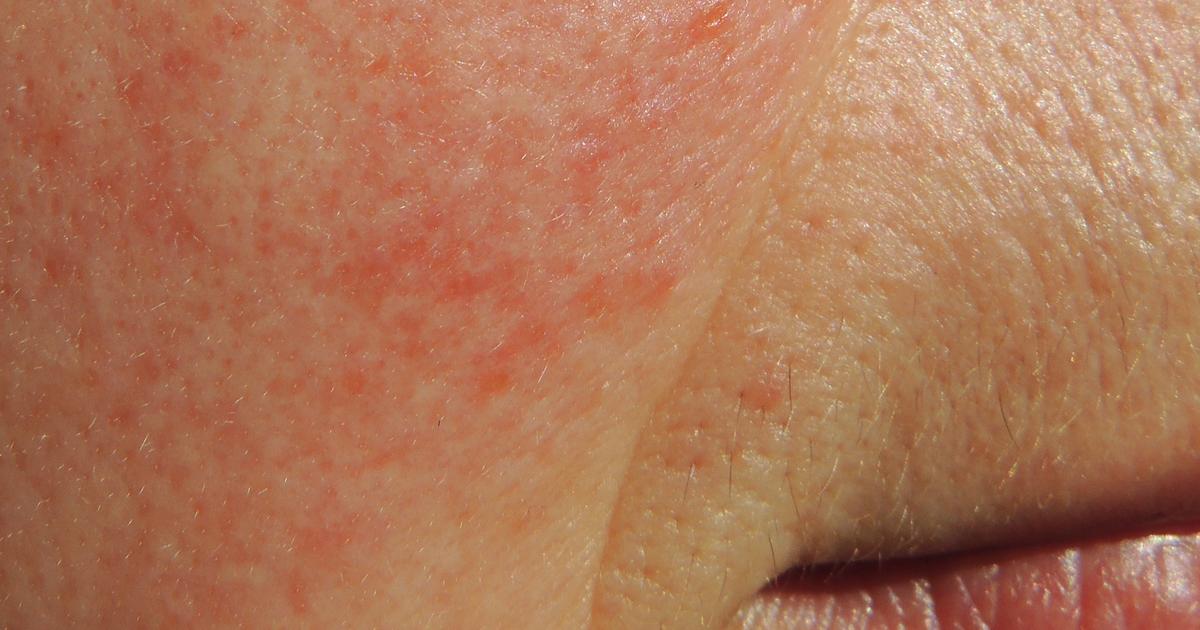
Blepharitis isn't always caused by another underlying condition. However, in cases where it is, patients can improve their symptoms by treating the underlying cause. Some diseases can make already-existing blepharitis worse and contribute to flare-ups. Rosacea and seborrheic dermatitis are two of the most common conditions that can lead to blepharitis. Rosacea causes the blood vessels in the face to become visible. It can also cause red patches. Some patients experience small bumps filled with pus. If individuals have rosacea and blepharitis, they might notice both conditions flare up at the same time. Treating rosacea will help with the eyelid inflammation as well. Seborrheic dermatitis most commonly affects the scalp, but it can also cause scaly patches on other parts of the body as well, including on the eyelids. These patches can cause inflammation that leads to blepharitis. Once again, treating this condition can also alleviate blepharitis.